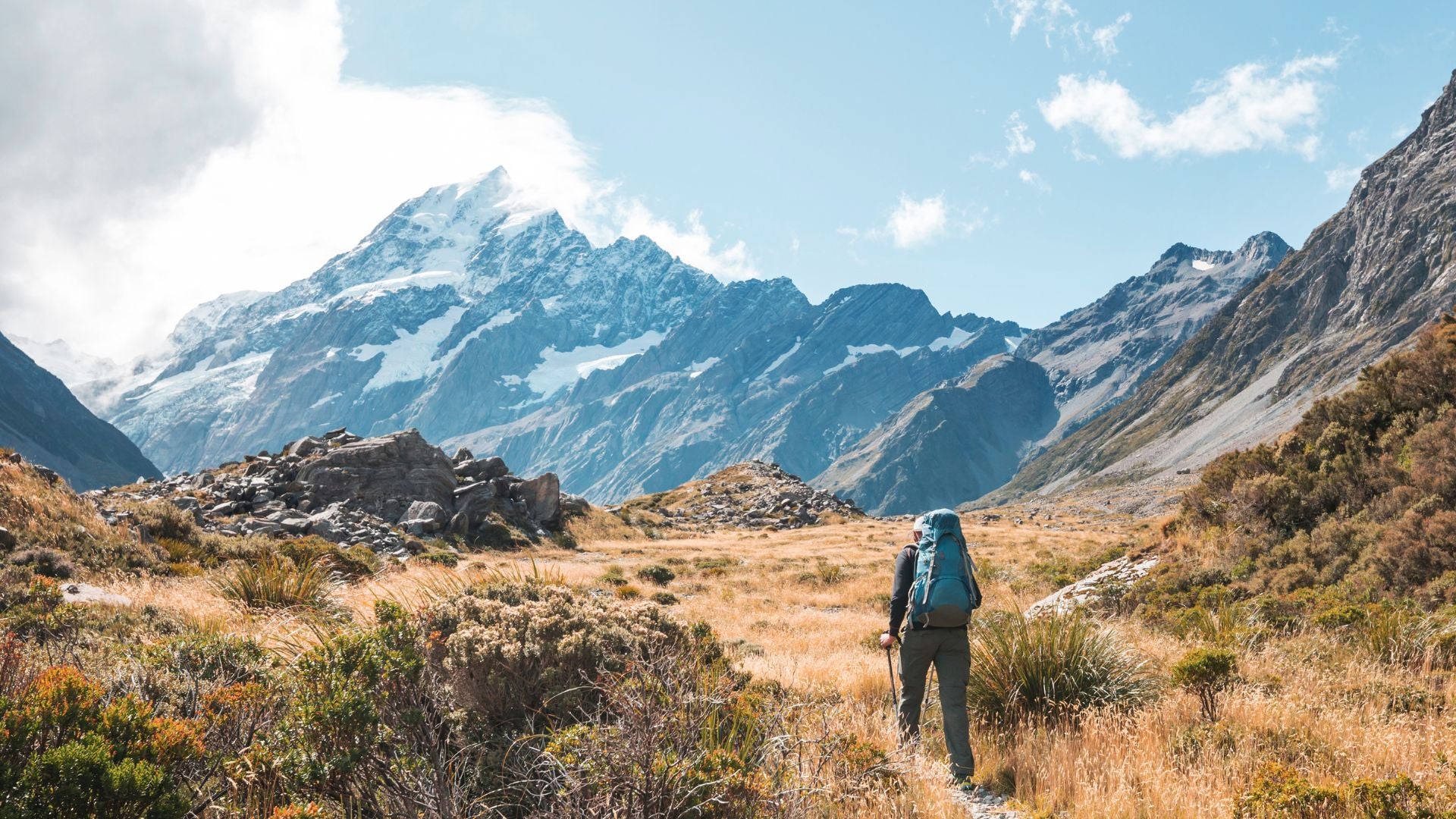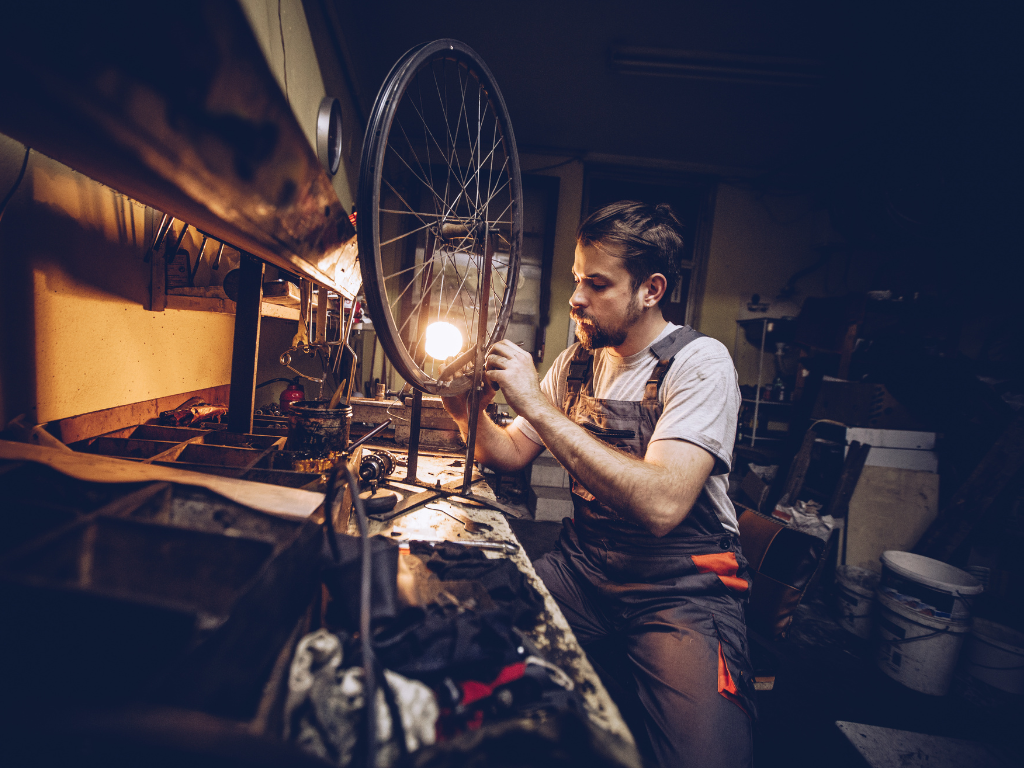
How To Get Set Up For A New Zealand Bikepacking Adventure - Part 1
The Southern Lakes of New Zealand offers some of the best bikepacking in the world – and great news for those of you from North America – no snakes or bears!
Outside Sports hire bikes that are tailor-made for local trails and we also hire out the bikepacking bags you need to carry your gear. We’ll start with personal items and then, next time in Part 2 we’ll explore what you need equipment wise.
Shelter and Sleep
This is usually the bulkiest part of your gear, so choosing wisely is important. Every gram matters out on the trail. Here’s what we recommend.
Tent - An ultralight tent like The Nemo Hornet and The North Face Trail Lite 2 tent are ideal because they are fully enclosed to keep out mozzies and sandflies, and pack up nice and small to fit easier on your bike. Plus, they are both super light.
Sleeping bag - Check the weather forecast for where you’re heading and choose a bag with a rating that matches or exceeds the forecast night-time temperature. Our customers love Sea to Summit sleeping bags like the super minimalist yet snuggly warm Spark SPII.
Sleeping pad - After a big day in the saddle you’re going to need a good night’s a sleep, so a quality super light-weight pad is worth its weight in gold. Thermarest wrote the book on ultra-light weight sleeping pads and their Z-Lite SOL is a staff favourite. The Nemo Switchback is another excellent choice.
Clothing
The way to go is versatile clothing with a broad temperature range. New Zealand Merino wool is your new best friend. Mons Royale and Icebreaker have high quality options for underwear, base layers, bike shorts, mid layers and insulation all designed to breathe away perspiration and keep you warm even if you get wet.
A waterproof top layer like Patagonia Torrentshell or this light Goretex jacket from Arc’teryx or the Antora jacket from The North Face are all great for protection from the changeable New Zealand weather. It can suddenly rain really hard out there among the mountains! And a down or high loft packable jacket is a must-have if you’re camping out in spring, winter or autumn. You’ll also need:
- Merino socks from Icebreaker or Mons Royale
- Sturdy, lightweight, grippy and preferably waterproof trail shoes like these from ON.
- Helmet
- Cycling gloves
- Sunglasses
Food and Water
How much food you carry all depends on long you’re going to be in the backcountry. Take more than you wouldn’t normally expect to eat, because you’re biking you’ll be using lots of energy and you’ll be HUNGRY! And thirsty too. The rule of thumb for water is to take 2 to 6 litres of water storage. Before you start make sure you study your route and know where you can fill up. At the very least not having enough water with you will ruin your New Zealand bikepacking adventure and potentially your health.
It's a good idea to bring some Aquatabs water purification tablets too. You never know what’s upstream of where you’re filling your bottles.
We recommend locally made Backcountry Cuisine and Radix dehydrated meals. They’re highly nutritious and energy dense, light, easy to pack and quick to prepare. There’s a big range to choose from both Backcountry Cuisine and Radix. Here are a few examples of hearty breakfasts, filling lunches and dinners, and yummy deserts you could enjoy on the trail.
Cooking and Eating
It's easy to blow your weight out here so think minimalist. You can buy lightweight versions everything on this list at Outside Sports.
- Stove
- Fuel canisters
- Light weight cooking pot
- Mug
- Spork
- Lighter
- Folding knife or Leatherman type multitool
- Rubbish bags
Toiletries
- Toothbrush, toothpaste, and floss
- Toilet paper
- Lightweight trowel
- Sunscreen/lip balm
- Personal hygiene products
- Baby Wipes (perfect for a quick freshen up)
In Part 2 of How to get set up for a New Zealand bikepacking adventure we’ll take a look at the hardware you need to have with you for a fun (and safe) time out there on the trail. Check out Part 2 here.



